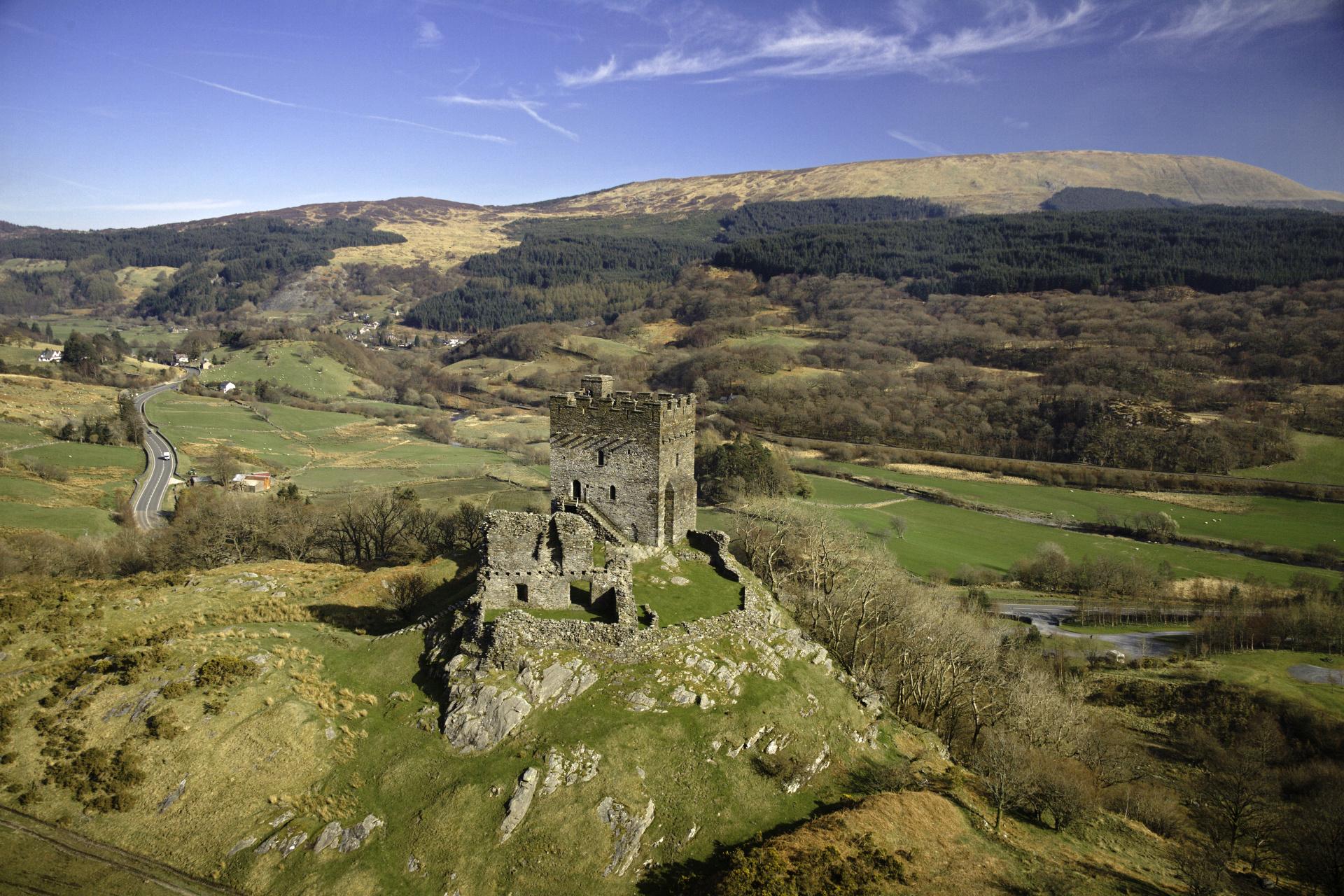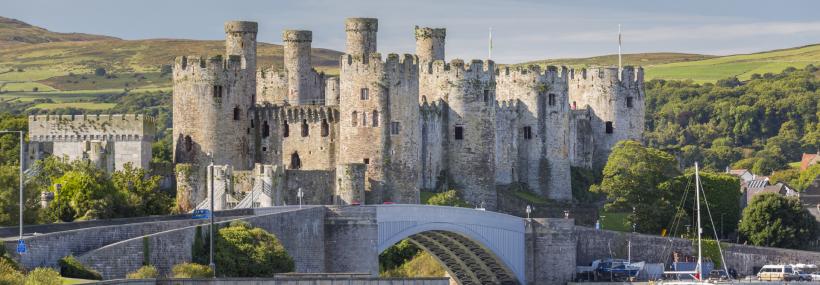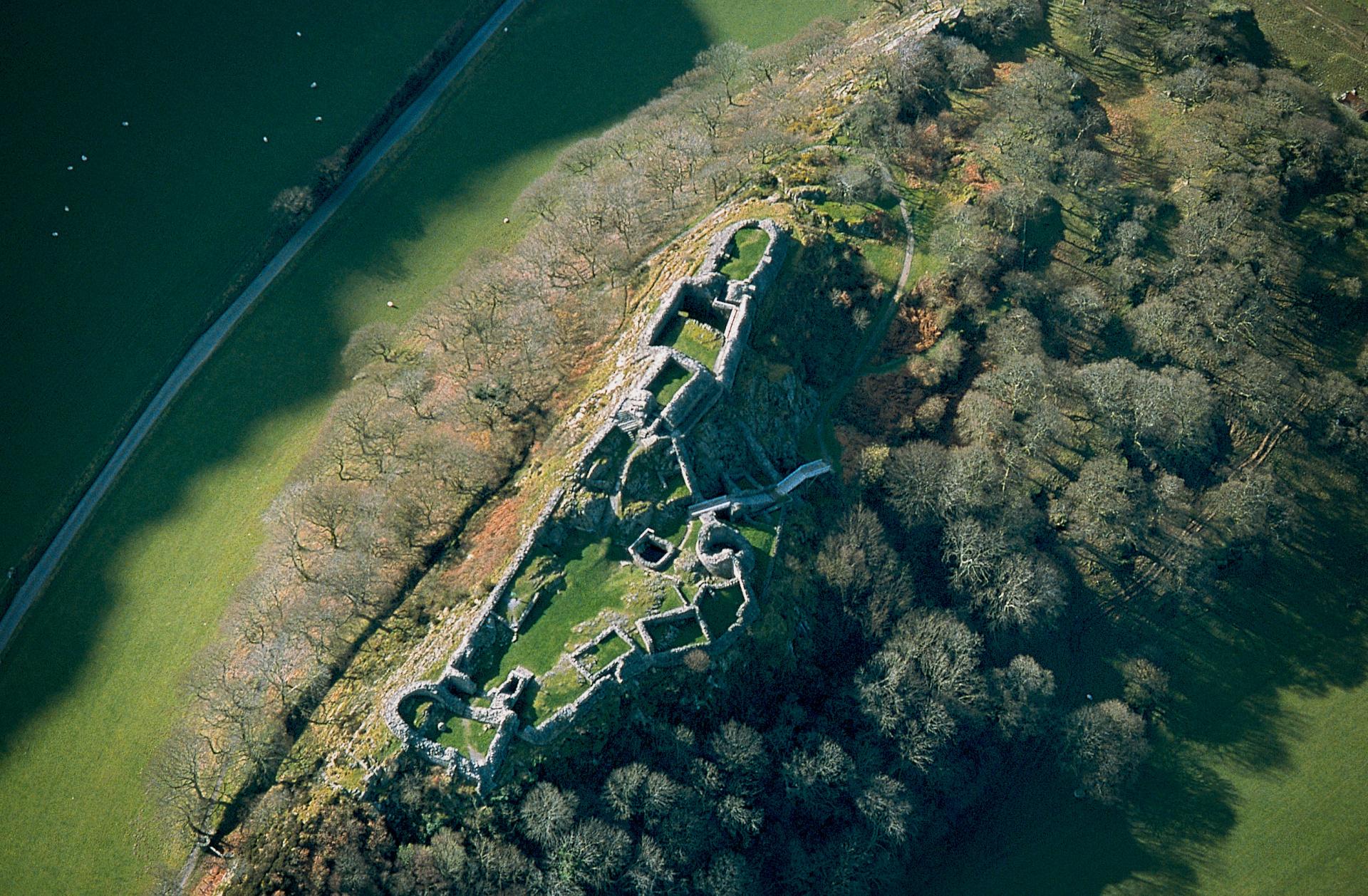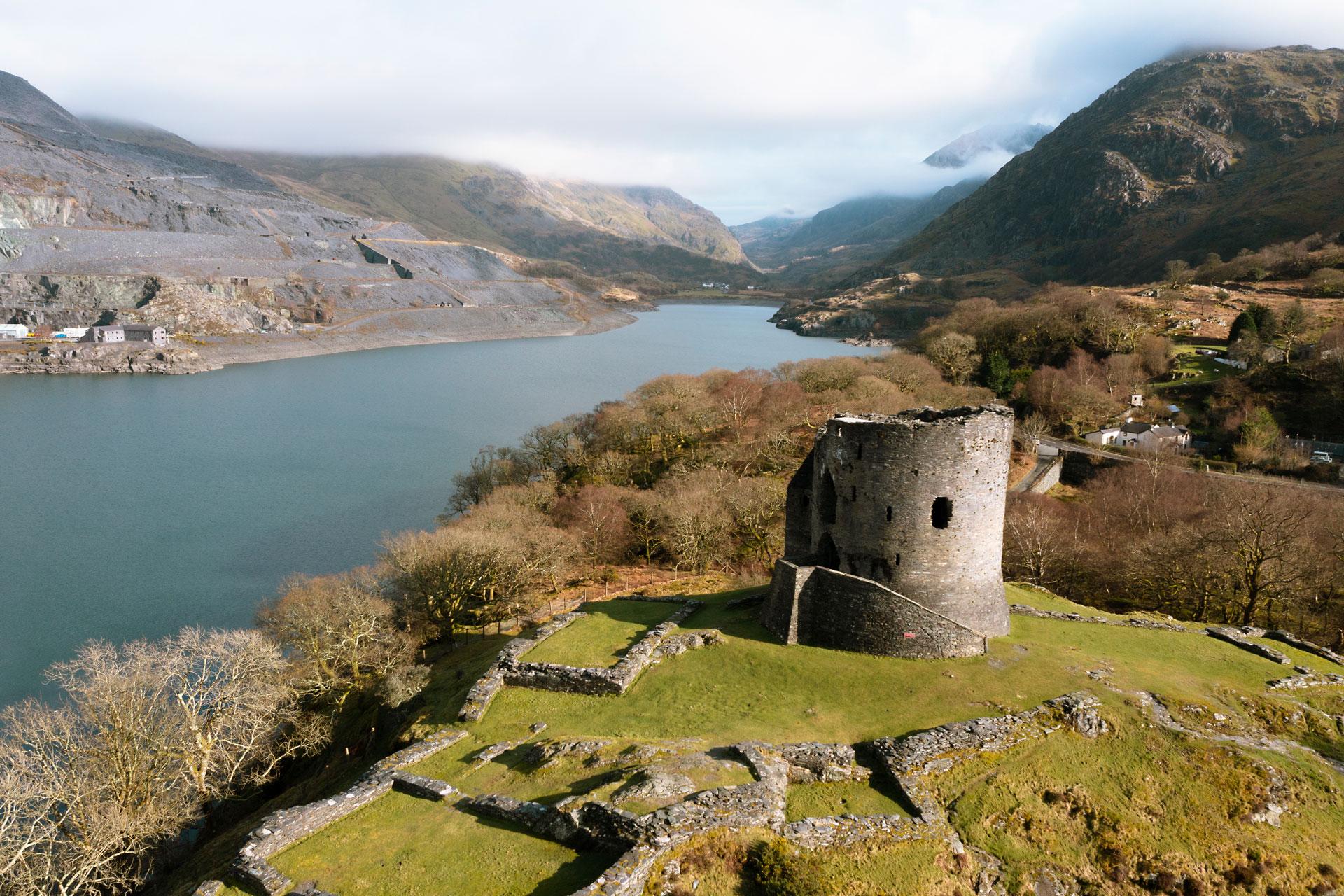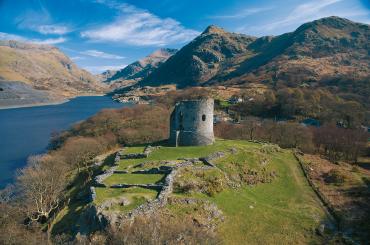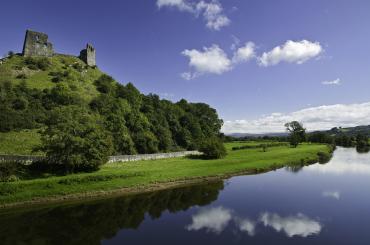Medieval Wales
Wales was once a fragmented land of ancient kingdoms. Its rulers were independent princes, bonded by common language and laws. Over the centuries, Wales’ borders have shifted and changed.
For countless generations family feuds were frequent and rivalries were rife. But a mighty dynasty came to dominate in the 13th century. The princes of Gwynedd were the first to rule over the entire country, bringing unity to native Wales.
But it was no easy task. After 1066 the native princes found themselves pitted against land-hungry pirates knocking at their door: the Normans.
A mountain fastness...
The focus of power for Wales’ native royalty was the House of Gwynedd, which embraced a rugged area roughly defined by the mountains of Eryri (Snowdonia). It was to dominate Welsh affairs in the troubled centuries leading up to the arrival in 1272 of English King Edward I and his Welsh campaigns.
But who were these home-grown native princes? Two historic figures loom large in the story. In the 13th century an assertive Wales saw the leadership of two gifted rulers, Llywelyn the Great (Llywelyn ap Iorwerth, 1173–1240) and Llywelyn the Last (Llywelyn ap Gruffydd, who ruled from around 1247 to 1282).
What’s a Welsh castle?
The story of the princes is the story of the conflicts between medieval Wales and England. It’s a tale told in stone. Wales’ Anglo-Norman ‘celebrity’ castles — the Caernarfons and Harlechs of this world — were built at great expense by Edward I.
No less relevant as an insight into these turbulent times are the native fortresses — the authentically Welsh castles if you like — that were the strongholds of the princes of Wales.
Wales’ first truly national leader was the appropriately named Llywelyn the Great. By around 1230 he had consolidated his royal power by building Castell Cricieth. He constructed other stone castles too, such as Castell y Bere (below), Dolwyddelan and Dolbadarn, cleverly placed overlooking strategic mountain passes, borders and productive sheep-grazing land.
Location, location, location
Brooding Castell y Bere deep in the hinterlands of Cader Idris seems to grow organically from the rock on which it’s founded. Lakeside Castell Dolbadarn (below) at Llanberis guards the northern approach to a key pass through the mountains of Eryri (Snowdonia). Lonely Castell Dolwyddelan — probably built by Llywelyn in around 1200 — gazes with an all-seeing eye across another strategic mountain route from its rocky ridge.
Engraved in stone
Other castles that are truly Welsh include Castell Dinas Brân (Llangollen), Ewloe (near Mold), and Dinefwr and Dryslwyn (both in the Tywi Valley near Llandeilo).
The Welsh castles, raw and real, are characterised by their D-shaped and rectangular towers. Modest in comparison with Edward’s massive fortresses (the princes of Wales had only a fraction of the king’s spending power), they easily make up in atmosphere what they might lack in architectural finesse. And it’s worth remembering that, unlike their English counterparts, they were never built with conquest in mind.
The end… and a new beginning
Wales’ unity under Llywelyn’s strong, stately rule was short-lived. After his death, internal turmoil and division returned until a new powerful leader emerged: Llywelyn the Last.
Just like that of his grandfather Llywelyn the Great, the name of Wales’ next standard-bearer speaks volumes. He started on a high when the English king, Henry III, officially recognised him as Prince of Wales in 1267.
Llywelyn the Last strengthened existing castles but singularly failed to build bridges with Edward, the new English ruler, who came to power in 1272. Refusing to do homage, Llywelyn angered Edward. And that meant war.
Llywelyn was driven into Eryri (Snowdonia) and by 1277 had been stripped of much of his power and territory. War broke out again in 1282 signalling the end of Llywelyn – who was killed in a skirmish near Builth Wells – and that of Welsh independence.
The story of the princes of Wales takes a new turn in 1284 when a victorious Edward presents his infant son, ‘a prince born in Wales’, at Castell Caernarfon, as the first English prince of Wales. This ceremony was mirrored in 1911 when the future King Edward VIII was invested as Prince of Wales at Castell Caernarfon, followed in 1969 by the investiture of HRH Prince Charles.
Wales rises again
But that’s not the end of the story. In the following century English rule remained grim and harsh. In September 1400 a new, self-proclaimed prince of Wales, Owain Glyndŵr, fought back, capturing castles — including Harlech and Aberystwyth — and calling a parliament at Machynlleth in his quest to create an independent Wales.
